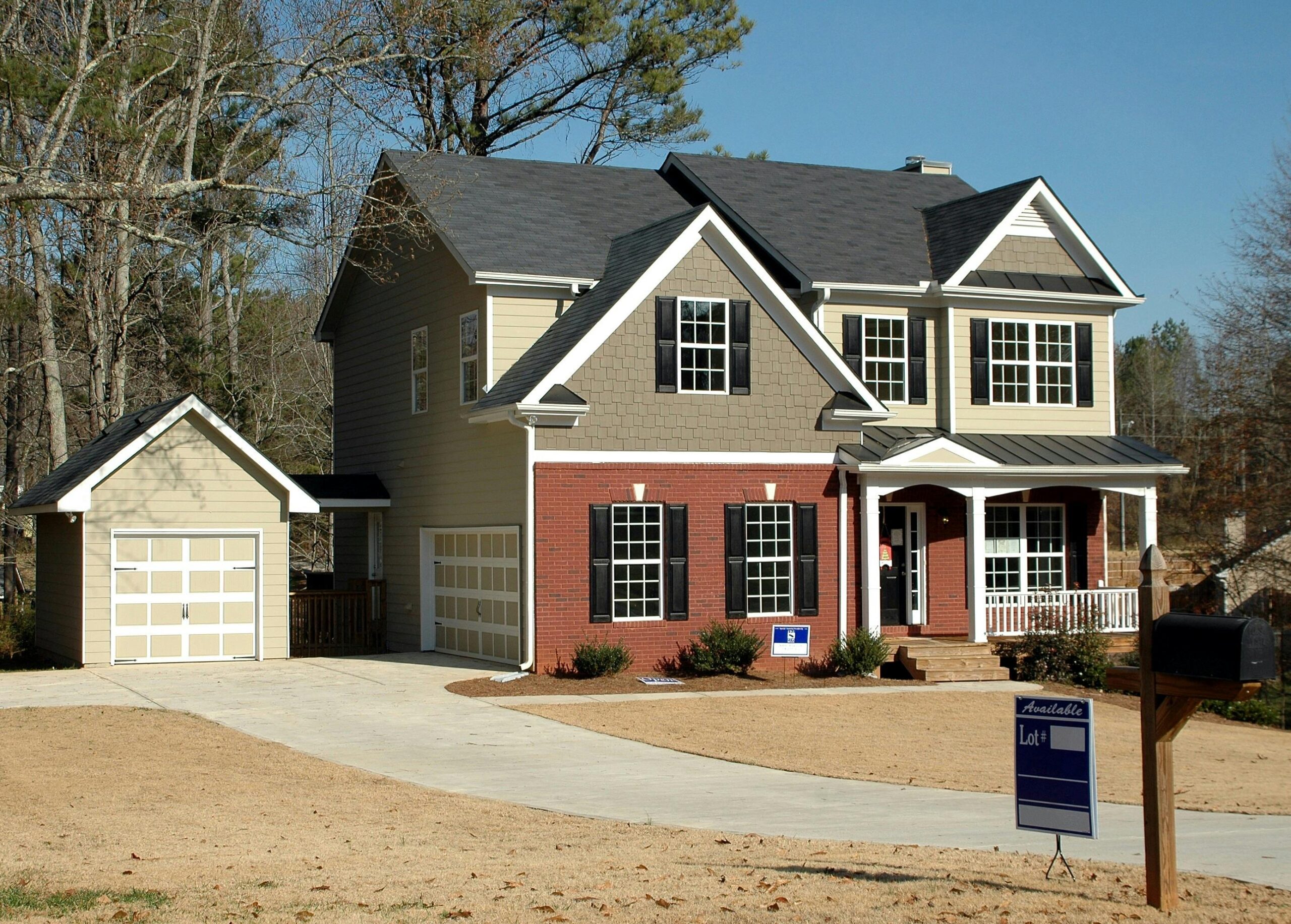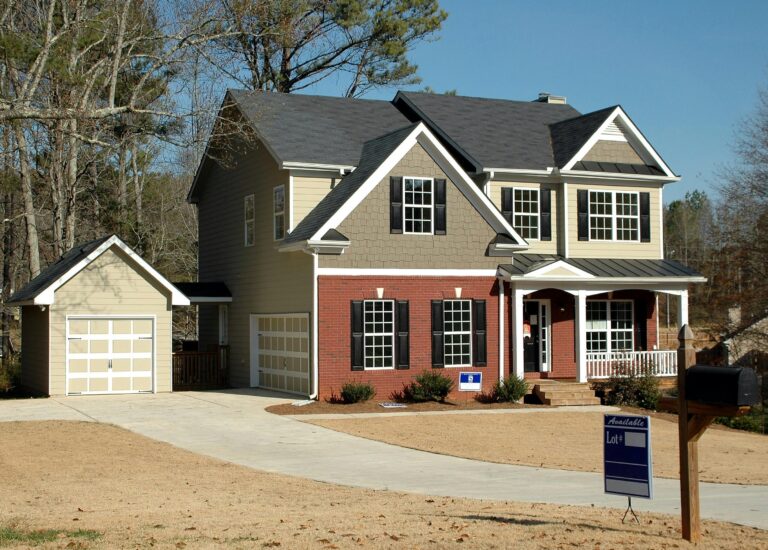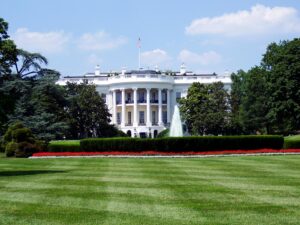
In the evolving world of real estate, sustainability is no longer just a buzzword; it’s a movement reshaping the market. Buyers and investors are increasingly recognizing the tangible and intangible value of green properties, leading to the rise of the “Green Premium.” This concept encapsulates how sustainable features and practices can boost the worth of residential and commercial properties in the United States.
Whether you’re a first-time homebuyer or a seasoned investor, understanding the intersection of real estate and sustainability is crucial in today’s market. Here’s how going green adds value to U.S. properties.
Why Sustainability Matters in Real Estate
The Demand for Sustainable Living
Modern buyers and renters are more eco-conscious than ever. A survey by the National Association of Realtors (NAR) found that nearly 70% of real estate agents reported increased interest in energy-efficient and eco-friendly homes. People aren’t just looking for a roof over their heads; they want homes that align with their values and reduce their environmental footprint.
Long-Term Savings
Sustainability isn’t just about saving the planet—it’s about saving money. Energy-efficient homes with features like solar panels, high-performance insulation, and smart thermostats reduce utility bills. First-time homebuyers often find this appealing as it offsets higher upfront costs, while investors see it as a way to attract premium tenants and increase rental yields.
Regulations and Incentives
Federal and state governments are offering tax breaks, rebates, and grants for adopting green technologies in properties. These incentives can significantly reduce the cost of incorporating sustainable features, making it easier for both buyers and developers to prioritize eco-friendly designs.
Key Sustainable Features Adding Value
Energy Efficiency
Properties equipped with energy-efficient appliances, LED lighting, and smart energy management systems are a top draw. For example, homes certified by Energy Star or LEED often sell faster and at higher prices. Energy efficiency reduces operating costs, making properties more attractive to cost-conscious buyers and investors.
Renewable Energy Systems
Solar panels are increasingly becoming a staple of green properties. According to Zillow, homes with solar panels sell for 4% more than comparable properties without them. Not only do they provide energy savings, but they also appeal to buyers looking for independence from traditional energy grids.
Water Conservation
With water scarcity becoming a concern in many parts of the U.S., features like low-flow faucets, rainwater harvesting systems, and drought-resistant landscaping are highly valued. These additions make properties more resilient to climate challenges while reducing water bills.
Sustainable Building Materials
Homes built with sustainable materials, such as reclaimed wood, bamboo, and recycled steel, are durable and environmentally friendly. These materials enhance a property’s aesthetic and offer a unique selling point that can command higher prices.
Healthy Indoor Environments
Sustainability isn’t just about external features; indoor air quality matters too. Non-toxic paints, proper ventilation systems, and hypoallergenic flooring are becoming selling points as people prioritize health and wellness in their homes.
Benefits of Green Real Estate for First-Time Homebuyers
Affordability Over Time
While green properties might have a higher initial cost, their operational savings often make up for it. First-time buyers can benefit from lower energy bills and government incentives, making homeownership more affordable in the long run.
Resale Value
Investing in a sustainable home today can yield significant returns in the future. As the market for green homes grows, so does their resale value, offering financial security for first-time buyers.
Enhanced Comfort and Lifestyle
Green homes provide more than just cost savings. Features like better insulation, natural lighting, and improved air quality enhance comfort and create a healthier living environment—a key consideration for young families or individuals entering the housing market.
Why Investors Are Betting Big on Green Properties
Higher Rental Income
Green-certified buildings often command higher rents. Tenants are willing to pay a premium for energy-efficient and eco-friendly living spaces, ensuring steady cash flow for property owners.
Increased Asset Value
Sustainable properties have a competitive edge in the market, making them less likely to face devaluation during economic downturns. Green upgrades can also help older properties stay relevant, maintaining or increasing their market value over time.
Compliance and Future-Proofing
Investors who prioritize sustainability position themselves ahead of regulatory changes. As local governments tighten building codes and energy efficiency standards, having eco-friendly properties ensures compliance and avoids costly retrofitting.
Appeal to Corporate Tenants
In the commercial sector, sustainability is a key factor for corporate tenants. Companies are increasingly seeking green office spaces to meet their Environmental, Social, and Governance (ESG) goals. This makes sustainable buildings more attractive to high-value tenants.
The Role of Technology in Green Real Estate
Smart Home Features
Smart home technologies—like automated lighting, smart thermostats, and water usage trackers—enhance the appeal of green properties. These features not only improve energy efficiency but also provide convenience and control to homeowners and tenants.
Data-Driven Sustainability
Real estate investors are leveraging technology to assess the performance of green properties. Advanced tools allow for monitoring energy consumption, water usage, and indoor air quality, helping investors make informed decisions and optimize property operations.
Challenges to Consider
Upfront Costs
One of the main barriers to adopting sustainable features is the higher initial cost. While long-term savings are significant, buyers and investors must be prepared for the upfront investment.
Market Variability
The value of green properties can vary by location. In eco-conscious cities like San Francisco or Seattle, the demand for sustainable homes is high. However, in regions where green features are less prioritized, the premium may not be as significant.
Education and Awareness
Both buyers and real estate professionals need better education about the benefits of sustainability. Misconceptions about costs and effectiveness can deter adoption, despite the long-term advantages.
The Future of Sustainable Real Estate
As the real estate market evolves, sustainability will play an increasingly central role. Climate change, rising energy costs, and shifting consumer preferences are accelerating the adoption of green building practices.
For first-time homebuyers, green properties offer a chance to invest in a home that is future-proof, cost-effective, and aligned with their values. For investors, sustainable real estate represents a resilient asset class with strong growth potential.
The “Green Premium” is more than just a market trend; it’s a reflection of where the industry is headed. By embracing sustainability, buyers and investors can ensure they’re not only making a sound financial decision but also contributing to a healthier, more sustainable future for all.





